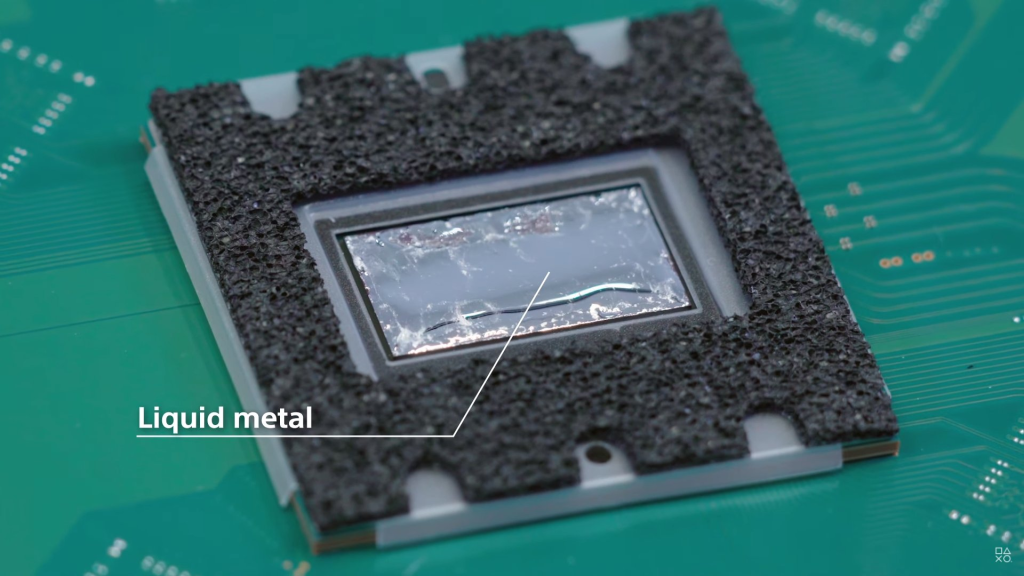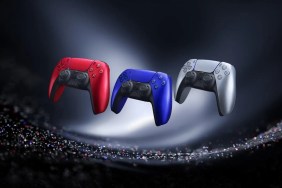Sony’s recent PS5 console teardown gave us a look at the liquid metal cooling used as a thermal interface material (TIM) to draw heat away from the main processor or System on Chip (SoC). For the last two years, Sony’s work on the PS5 has been spent adopting, implementing, and strategizing the liquid metal TIM. “From the manufacturing process to procurement,” Sony had to figure out the logistics surrounding the liquid metal cooling solution for the SoC.
In fact, the PlayStation 5 console design was more or less decided two years ago. In an interview with Nikkei’s XTech, Yasuhiro Otori, who heads up Sony’s mechanical and hardware design team, confirmed that the PS5’s hardware configuration and shape were roughly decided two years ago, at which time they began focusing on the liquid metal TIM.
We started preparing for the adoption of liquid metal TIM about two years ago when the PS5 hardware configuration and shape were roughly decided. In addition to design, we have begun various studies toward the adoption of TIM for liquid metals, from the manufacturing process to procurement.
The large size of the PS5 is due to its big fan, which draws air across both sides of the system. Sony could have gone with a dual fan design to reduce the console’s size, but it the next-gen console would have ended up being louder and more difficult to adequately control temperatures, in addition to increasing production costs on the system. The larger size is a small price to pay for more efficient cooling and a reduced overall cost.
Sony opted for a liquid metal TIM on the PS5 due to the “heat density” of the SoC, which has a higher operating frequency on a smaller die size. As discussed back in Mark Cerny’s March 2020 “Road to PS5” tech talk, Sony clocked the SoC to “basically run at almost full power during games” instead of variable power consumption that would make the heat generated fluctuate (and also hard to predict). This let Sony design a cooling solution around consistent power consumption and heat generation, knowing exactly how the SoC would be operating no matter what games you are playing.
Otori says the value of the Thermal Design Power (TDP) and the heat generated are “almost the same,” which means whether it’s a simple title or a demanding experience, your PS5 will operate consistently. No more jet engine as the fan spins up when you load up a particularly demanding game. Your PS5 is designed to run everything equally, thanks to the large fan and liquid metal TIM that ensures efficient heat dissipation from those crucial components.
Are you satisfied with the PS5 design and size as part of its cooling solution?
The PS5 releases November 12th in US, Japan, Canada, Mexico, Australia and South Korea and November 19 in the rest of the world.
[Via: WccfTech]








